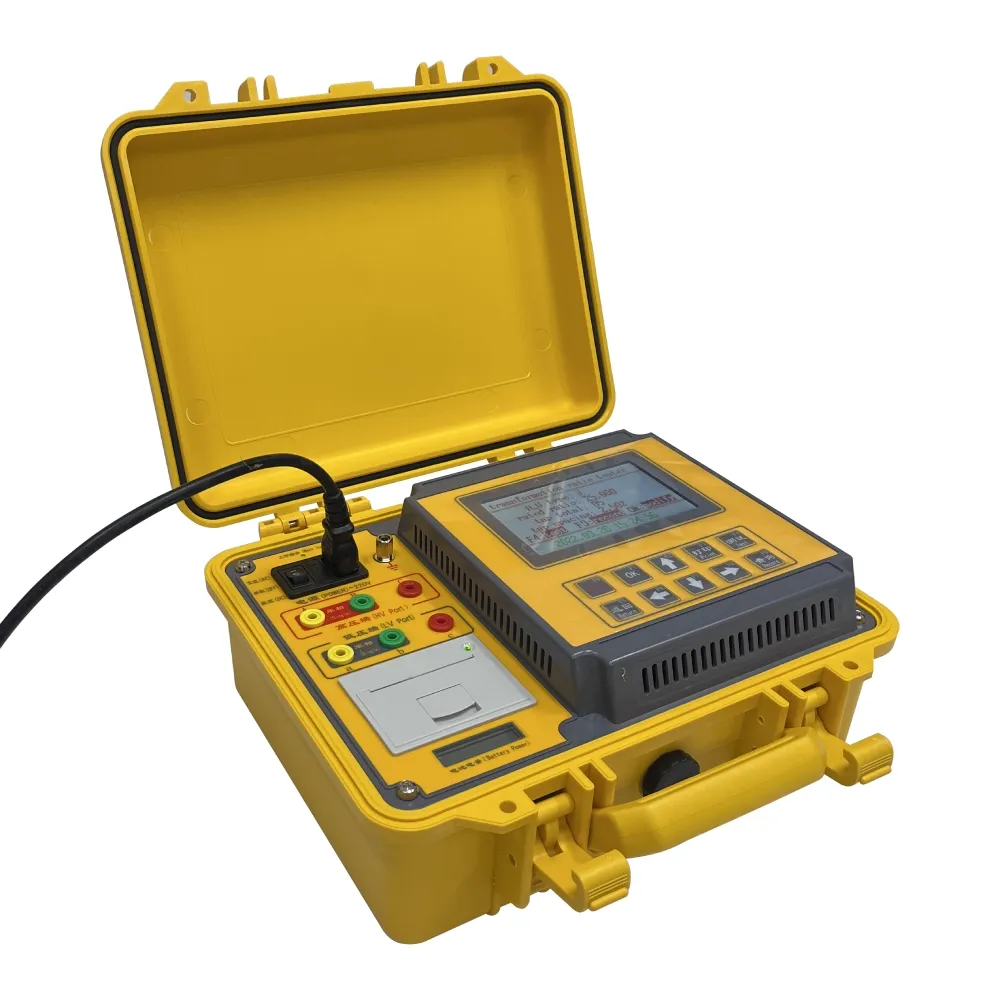TEL:
+86-0312-3189593
 English
English

Telephone:0312-3189593

Email:sales@oil-tester.com

-
 Afrikaans
Afrikaans -
 Albanian
Albanian -
 Amharic
Amharic -
 Arabic
Arabic -
 Armenian
Armenian -
 Azerbaijani
Azerbaijani -
 Basque
Basque -
 Belarusian
Belarusian -
 Bengali
Bengali -
 Bosnian
Bosnian -
 Bulgarian
Bulgarian -
 Catalan
Catalan -
 Cebuano
Cebuano -
 China
China -
 China (Taiwan)
China (Taiwan) -
 Corsican
Corsican -
 Croatian
Croatian -
 Czech
Czech -
 Danish
Danish -
 Dutch
Dutch -
 English
English -
 Esperanto
Esperanto -
 Estonian
Estonian -
 Finnish
Finnish -
 French
French -
 Frisian
Frisian -
 Galician
Galician -
 Georgian
Georgian -
 German
German -
 Greek
Greek -
 Gujarati
Gujarati -
 Haitian Creole
Haitian Creole -
 hausa
hausa -
 hawaiian
hawaiian -
 Hebrew
Hebrew -
 Hindi
Hindi -
 Miao
Miao -
 Hungarian
Hungarian -
 Icelandic
Icelandic -
 igbo
igbo -
 Indonesian
Indonesian -
 irish
irish -
 Italian
Italian -
 Japanese
Japanese -
 Javanese
Javanese -
 Kannada
Kannada -
 kazakh
kazakh -
 Khmer
Khmer -
 Rwandese
Rwandese -
 Korean
Korean -
 Kurdish
Kurdish -
 Kyrgyz
Kyrgyz -
 Lao
Lao -
 Latin
Latin -
 Latvian
Latvian -
 Lithuanian
Lithuanian -
 Luxembourgish
Luxembourgish -
 Macedonian
Macedonian -
 Malgashi
Malgashi -
 Malay
Malay -
 Malayalam
Malayalam -
 Maltese
Maltese -
 Maori
Maori -
 Marathi
Marathi -
 Mongolian
Mongolian -
 Myanmar
Myanmar -
 Nepali
Nepali -
 Norwegian
Norwegian -
 Norwegian
Norwegian -
 Occitan
Occitan -
 Pashto
Pashto -
 Persian
Persian -
 Polish
Polish -
 Portuguese
Portuguese -
 Punjabi
Punjabi -
 Romanian
Romanian -
 Russian
Russian -
 Samoan
Samoan -
 Scottish Gaelic
Scottish Gaelic -
 Serbian
Serbian -
 Sesotho
Sesotho -
 Shona
Shona -
 Sindhi
Sindhi -
 Sinhala
Sinhala -
 Slovak
Slovak -
 Slovenian
Slovenian -
 Somali
Somali -
 Spanish
Spanish -
 Sundanese
Sundanese -
 Swahili
Swahili -
 Swedish
Swedish -
 Tagalog
Tagalog -
 Tajik
Tajik -
 Tamil
Tamil -
 Tatar
Tatar -
 Telugu
Telugu -
 Thai
Thai -
 Turkish
Turkish -
 Turkmen
Turkmen -
 Ukrainian
Ukrainian -
 Urdu
Urdu -
 Uighur
Uighur -
 Uzbek
Uzbek -
 Vietnamese
Vietnamese -
 Welsh
Welsh -
 Bantu
Bantu -
 Yiddish
Yiddish -
 Yoruba
Yoruba -
 Zulu
Zulu
Gearr . 11, 2025 16:56
Back to list
ratio test of power transformer
The ratio test of power transformers stands as a cornerstone in the field, ensuring the seamless functionality and reliability of these crucial devices. Power transformers serve as the backbone of electrical networks, delicately balancing voltages and ensuring efficient electricity distribution. However, keeping them at their best requires regular and precise testing, amongst which the ratio test is paramount.
Trust in the process and equipment arises from establishing testing protocols that conform to recognized standards like the IEEE C57.12.90 or the IEC 60076-1. Adherence to these guidelines fosters authoritative, reliable readings. Recorded test results should be meticulously documented, allowing for comprehensive historical analysis and predictive maintenance scheduling. Trustworthiness also demands transparency in the communication of test results, conveying findings to stakeholders in a clear, factual manner devoid of technical jargon. Moreover, maintaining transformers involves a proactive approach to potential issues indicated by ratio test results. Transformative strategies could include non-invasive inspections such as thermal imaging combined with routine oil analysis to confirm internal health. Such integrative maintenance regimes ensure that a small problem highlighted by a ratio test does not morph into a costly failure. In summary, the ratio test of power transformers is an indispensable part of ensuring operational excellence and longevity. Combining experience-driven methodologies with cutting-edge technologies provides the best outcomes in transformer maintenance. By emphasizing precision in testing, adherence to rigorous standards, and a commitment to safety and knowledge sharing, professionals in the field can uphold the pillars of expertise, authority, and reliability in their practice.


Trust in the process and equipment arises from establishing testing protocols that conform to recognized standards like the IEEE C57.12.90 or the IEC 60076-1. Adherence to these guidelines fosters authoritative, reliable readings. Recorded test results should be meticulously documented, allowing for comprehensive historical analysis and predictive maintenance scheduling. Trustworthiness also demands transparency in the communication of test results, conveying findings to stakeholders in a clear, factual manner devoid of technical jargon. Moreover, maintaining transformers involves a proactive approach to potential issues indicated by ratio test results. Transformative strategies could include non-invasive inspections such as thermal imaging combined with routine oil analysis to confirm internal health. Such integrative maintenance regimes ensure that a small problem highlighted by a ratio test does not morph into a costly failure. In summary, the ratio test of power transformers is an indispensable part of ensuring operational excellence and longevity. Combining experience-driven methodologies with cutting-edge technologies provides the best outcomes in transformer maintenance. By emphasizing precision in testing, adherence to rigorous standards, and a commitment to safety and knowledge sharing, professionals in the field can uphold the pillars of expertise, authority, and reliability in their practice.
Previous:
Latest news
-
Testing Equipment Industry Sees Major Advancements in 2025: Smart & Precision Technologies Lead the WayNewsJun.06,2025
-
Applications of Direct Current Generators in Renewable Energy SystemsNewsJun.05,2025
-
Hipot Tester Calibration and Accuracy GuidelinesNewsJun.05,2025
-
Digital Circuit Breaker Analyzer Features and BenefitsNewsJun.05,2025
-
Benefits of Real-Time Power Quality Monitoring Devices for Industrial EfficiencyNewsJun.05,2025
-
Earth Fault Loop Testing in High-Rise Building Electrical SystemsNewsJun.05,2025



